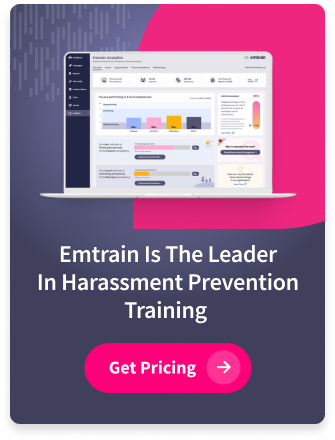Diversity, equity, and inclusion programs are no longer “nice to have.” For employers, they’re tied directly to retention, innovation, and overall workplace culture. Yet one question continues to challenge HR directors, DEI leaders, and compliance officers: How do we know if our DEI and allyship initiatives are actually working?
Why Measurement Matters
Without clear indicators, DEI and allyship programs risk being dismissed as performative. Measuring effectiveness helps organizations:
- Identify where employees feel excluded or unsupported.
- Track adoption of allyship behaviors across teams.
- Compare progress across regions or demographic groups.
- Surface root causes of misconduct or bias before they escalate.
Data turns DEI from an aspirational goal into a measurable business outcome.
Practical Ways to Assess Allyship and Inclusion
Forward-thinking employers are leveraging training tools and analytics to capture:
- Behavioral insights from embedded survey questions within training.
- Reporting activity—whether employees feel safe using available channels.
- Allyship indicators like willingness to speak up, support peers, and intervene in bias incidents.
- Perception gaps—differences in how leadership and frontline employees view culture.
When combined, these signals provide a fuller picture of how inclusion plays out in practice.
Tools That Help Employers Track Progress
Emtrain’s platform, for example, integrates:
- Scenario-based lessons on bystander intervention and allyship.
- Pulse questions to capture employee perspectives during training.
- Analytics dashboards that highlight risk patterns and culture strengths.
This allows employers to move beyond box-checking and towards a strategy that shows measurable shifts in behavior.
Steps Leaders Can Take Now
- Align metrics with goals—decide what outcomes matter (e.g., belonging, voice, intervention).
- Embed questions into training to capture attitudes in the flow of learning.
- Review data by teams/regions to uncover blind spots.
- Share progress transparently to build employee trust and accountability.
Organizations that measure allyship and DEI not only comply with obligations but also demonstrate a commitment to building equitable workplaces.
Join our LinkedIn community for insights on building inclusive cultures.








